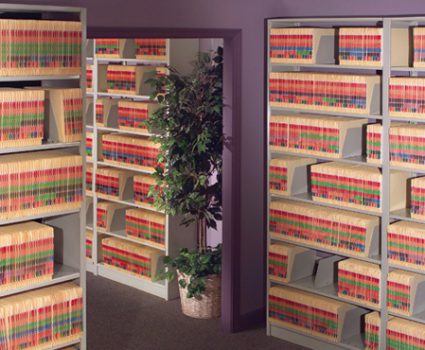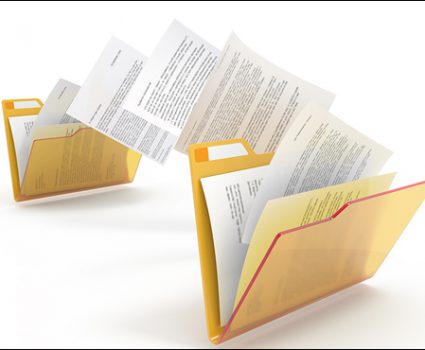
Six strategies for going green in your RM program – Part Two
In last week’s blog post we talked about the many business benefits of green records management. As we saw, the basic environmental principles of reduce, reuse, and recycle turn out to be very strong business principles as well!
To start off our list of strategies for going green, we looked at the starting point of all physical records – the manufacturers that provide your paper and other filing supplies. By seeking out suppliers with carbon neutral manufacturing operations, you can reduce your own impact on the environment. The next step was to reduce the amount of paper being created in the organization through awareness programs and digital alternatives. Keeping a “paperlite” operation was another important strategy, in which you minimize the amount of paper kept on hand, which in turn helps reduce your carbon footprint.
To round out our list, we’ll look at three more strategies for an environmentally friendly RM program:
- Use efficient storage systems for active records. Inefficient storage systems force organizations to use more office space, which results in greater expenditure of energy and other resources. Switching to high-density storage can help you reduce your storage footprint by as much as 75 percent!
- Be careful when planning offsite / inactive storage. Offsite storage can be a very efficient way to store inactive or infrequently accessed records. However, the environmental benefit of the more efficient storage can be negated by the carbon impact of retrieving and couriering the requested documents. While onsite storage may be less efficient from a space usage perspective, it might be the better option for the environment overall once you factor in the full impact of the alternatives.
- Ensure records disposal is handled appropriately. Records disposal is something that many organizations trust to outside providers, so it is important check that destroyed records are being recycled or otherwise disposed of in the most environmentally friendly way. Your efforts should also go beyond the records themselves. For example, outdated or surplus records storage equipment can be donated rather than put into landfills.
We started off our list by looking at how physical records are sourced, and we finished our list by looking at how records are destroyed. When applied together, these six strategies create a closed-loop environmental RM program that does its best for the planet and for your organization.
NEXT STEPS:





